How to Work with a Remote Team with Maximum Efficiency.
Just a decade ago, could you imagine working in pajamas with a favorite drink in your hand, without commuting for office? The current trend is a remote job which is simply working in your office, enjoying being couch-potato! The trend of remote team work is booming every year and the dispute around this culture is at its height too.

We often get bewildered while talking about freelancing, virtual or remote team. Before digging into deeper discussion let’s understand the basic difference between them. The Virtual team consists of people with different areas of expertise who work for a certain task and solve a specific problem. They are liable to report to their own management team. Freelancing, on the other hand, is a self-employment business in which services are offered to one or multiple clients. Remote team workers are known as telecommuters or teleworkers, are not globally co-located. They report directly to their managers from out of their office.
The rationale to contemplate remote teams
The growing nomadic population is changing the picture of employment rapidly. According to the Gallop Survey, around 43% of the Americans are doing some kind of flexible remote jobs. In a decade the number of digital nomads has increased by 115% according to Global Workplace Analytics and FlexJobs.
Thus, we should consider the reasons for accepting remote teams:
- Less expense and more savings due to ‘no physical office’, the expenditure of the structure, lease or utilities are saved automatically
- Increase of productivity as there is ‘no distraction’ of the office and more attention to the work
- Employees are reported to be less stressful as they enjoy their own comfort area to do the job
- Saves time and decrease the risk of hazards while commuting to office
- Workers are more engaged and well-connected
The traditional debate – Remote vs. Real team
Remote teams lack the opportunity of face to face communication like real team jobs. Other than that some factors are reasonably important to appraise
- Utilizing vast global talent through remote platform
- Communicating more effectively and able to cover numerous time zones • Using more updated software to keep smooth workflow
- Connecting outside of the regular office hours
- Even if you feel little unwell, you can still do few works without being absent from work location
- Every day new job roles are being created in remote jobs, thus greater collaboration is happening
Managing Remote Team
Reliability and communication are the key features to administer a successful relationship in remote teamwork.
Make some time for small talks like hobbies and daily activities to keep the team focused. Building up good rapport can help in knowing the person as a complete individual.
Remember the career path and goals of the team members to avoid any confusion or frustration in the job field. If the sense of shared directorship can be built up with the remote employees, it helps to pull the team towards a successful project.
Through a clear understanding of the steps remote workers are taking or going to take in future and ‘easy to track’ progress and reporting system, the team can be easily maintained.
To sum up, every relation is based on trust and positive communication, hence the feedback is really important while managing the team remotely.
Essential Tools required to be connected in remote team building
Advance technology and the futuristic approach towards more convenient apps and software have made the remote work and making teams globally easier. Without some paramount tools, remote jobs and connecting with the team globally would have been impossible.
Webex: Cisco Webex is a company with which you can take your virtual meeting anywhere! It provides online meeting, web conferencing, video conferencing and collaboration applications. This telecommunication software service provides centres for – meeting, sales, event, support, training etc. The interactive presentation, discussion, and recording give you the same outcome of a true meeting room experience.

Google doc and sheets: Google suit is one of the oldest and reliable platform in digital marketing and it’s used as a collaborative tool for editing documents in real time. Google doc and sheets can be shared, opened, formatted and edited by multiple users and people from any location can see the live changes made by the collaborators online.

Skype: It is a VoIP system by which you can make calls PC to PC for free and at a very low price to PSTN, anywhere in the world. It’s also one of the oldest platforms to chat and share documents and pictures.
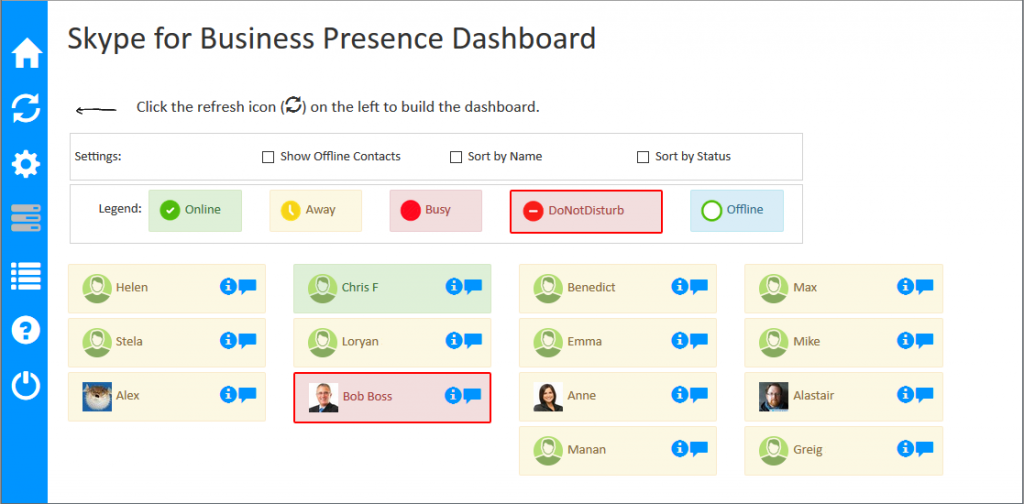
Slack: Slack gives the opportunity for instant messaging and online collaboration to provide the solution for ‘team communication’. It helps to separate messages, notification, and discussions, according to the topic, need and segments. Integration makes slacks different from other online collaborating systems.
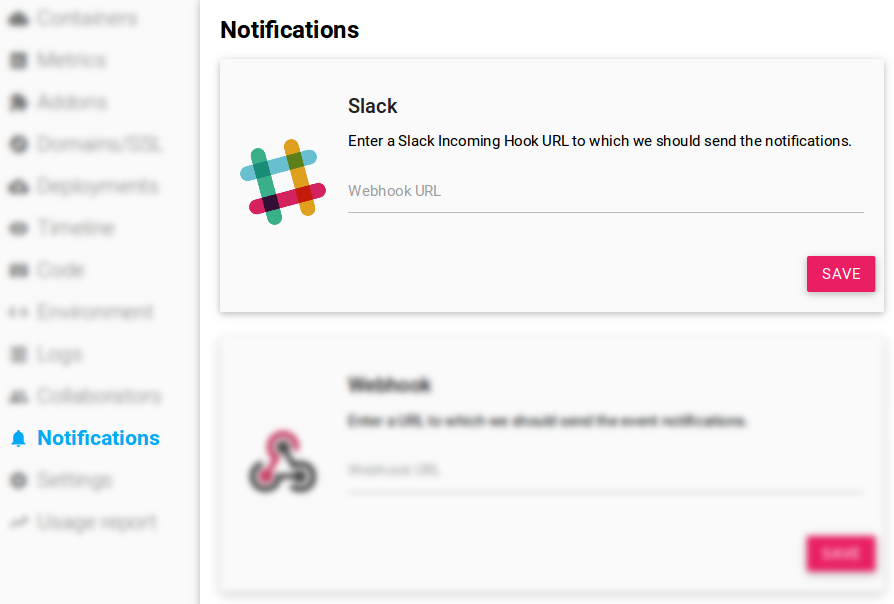
Jira: This platform is an issue management software used to track the development problems and bugs that the teams faces. It is highly customizable and tailored to fit individual need.
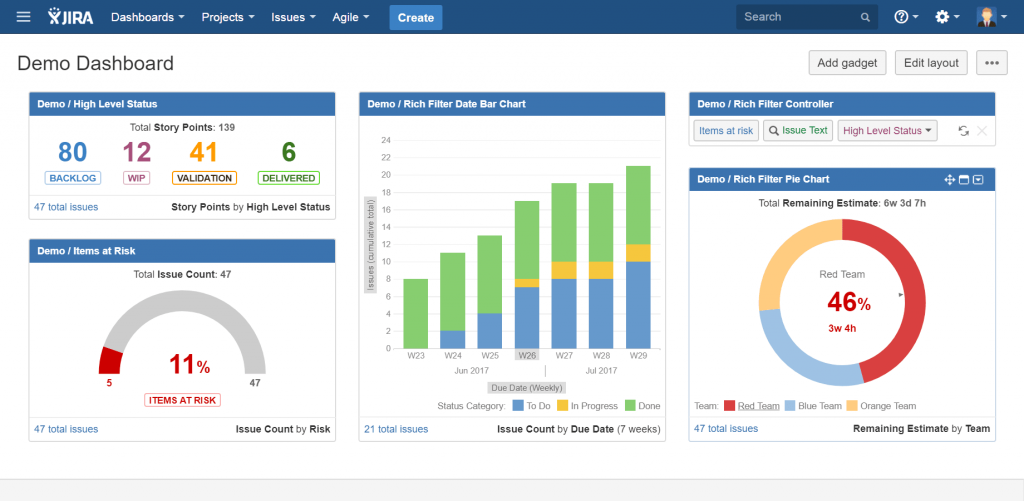
Airtable: Airtable is an online platform used to create and share database to store, organize and collaborate the information about anything.
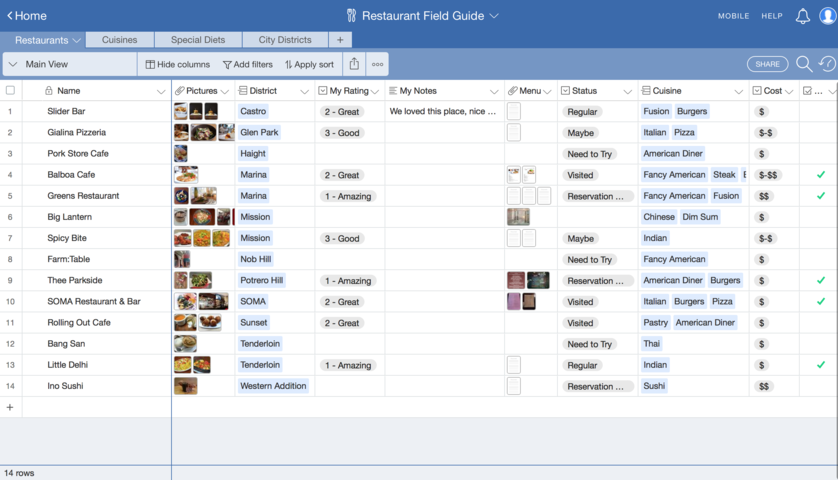
Trello: It is a collaboration tool used for task management to organize the projects on board for checking the progress.
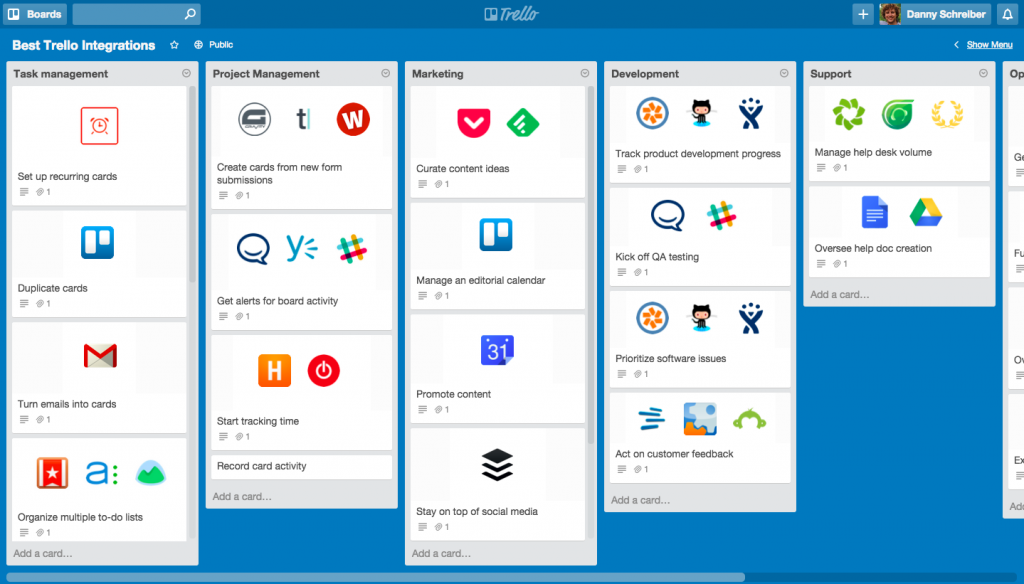
Challenges of remote team
In a typical physical company many people sit next to you for instant answering, but in a remote office, it’s not an easy option.
The challenges that each individual of a remote team faces:
- Being isolated – no office Christmas party or basketball match for the team • Lack of social touch – sudden occurrence of conversation doesn’t happen in remote jobs and that should be embraced as a work culture
- No KT at the needed moment: When a colleague lives in the other part of the globe the remote has to wait for answers through emails and chats. Thus they have to be independent, resourceful and patient.
- The Problem in the completion of the work – sometimes the submission of the work becomes challenging due to the global time difference.
- Shutting off the office – normally office workers shut down their system at 6 pm but remote employee often find it difficult to turn off the work at a certain time, even they work 24*7 in their mind.
Success rate of remote works
Since 2005 till 2015 the growth rate of the remote teamwork has increased by 80% and being accepted by many large and small companies. It is revolutionizing the way to work, balancing relationship between teammates and the upgraded technologies for better communication are constantly proving that remote work culture is at the pinnacle of its world.



